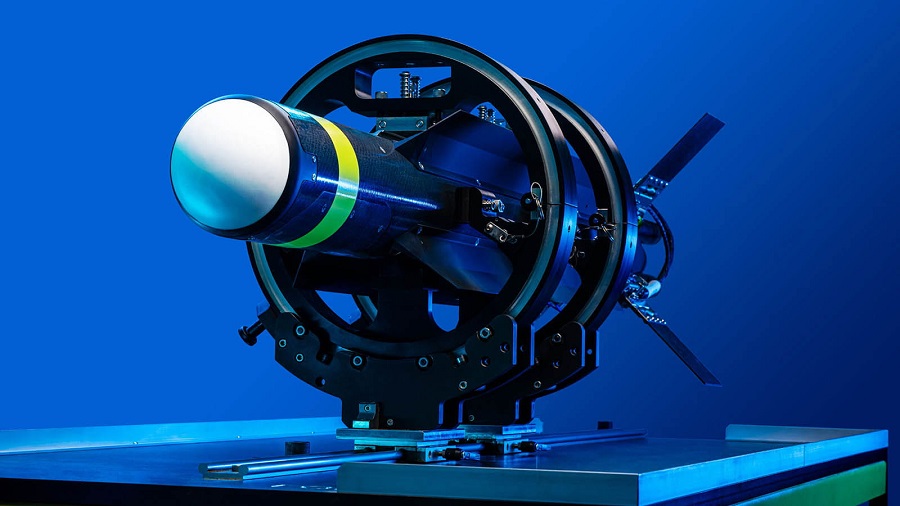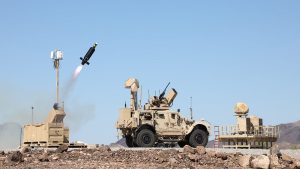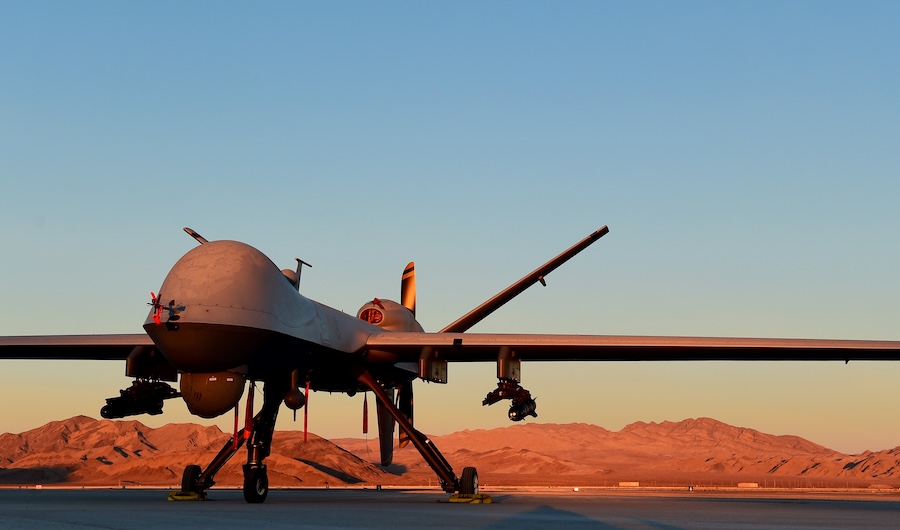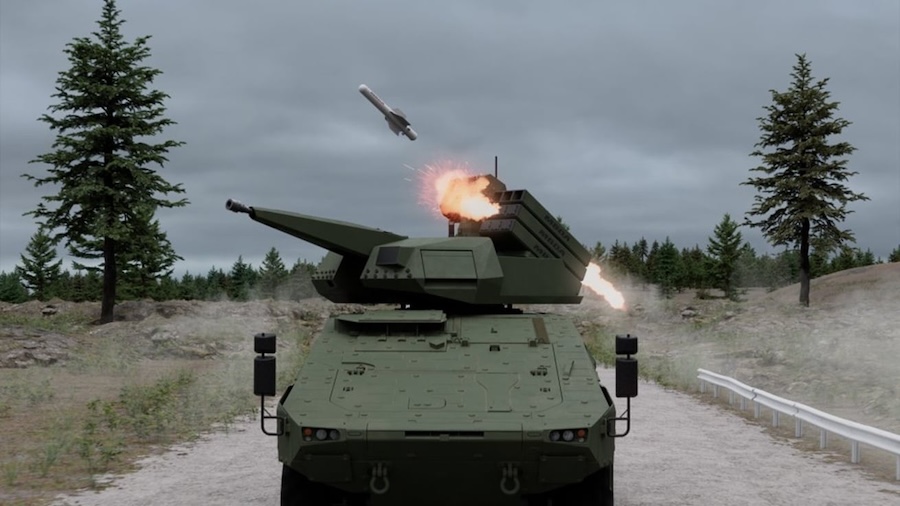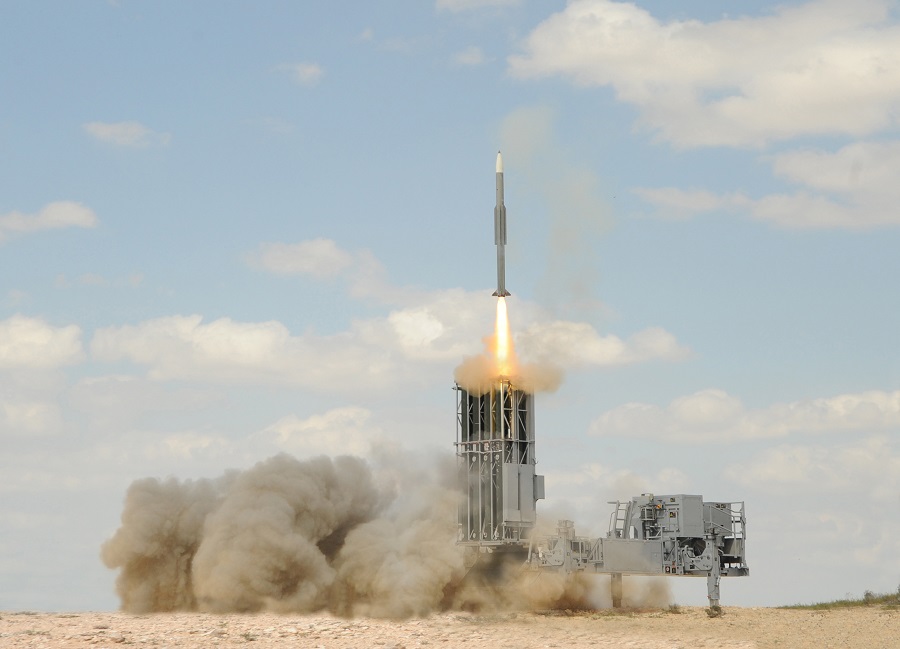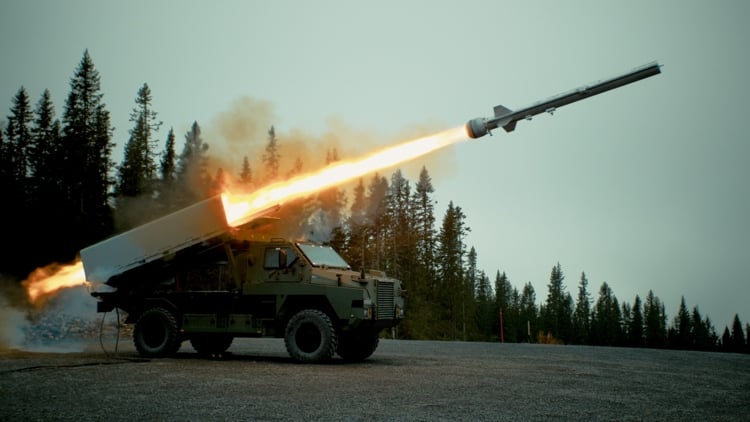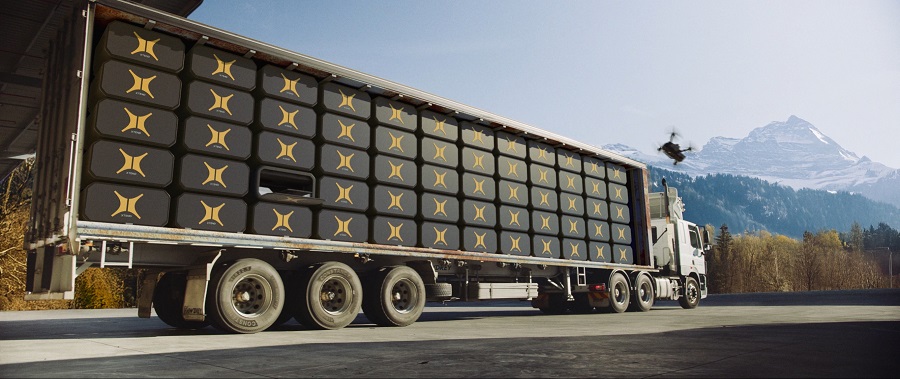The Coyote system is a small, rail-launched missile equipped with a boost rocket motor and turbine engine, enabling it to engage high-speed targets over extended ranges and altitudes. Designed to counter unmanned aircraft systems and support launched effects missions, the system has become a central element of the U.S. military’s counter-drone arsenal.
Raytheon describes the Coyote effector as “combat-proven,” highlighting its versatility and affordability. Small and expendable, the missiles can defeat threats ranging from single drones to coordinated swarms, maintaining rapid engagement timelines to neutralise multiple targets simultaneously.
The system is available in kinetic and non-kinetic variants, allowing operators to select methods depending on mission requirements. Kinetic versions intercept targets through direct impact, while non-kinetic options use electronic effects or other means to disrupt or disable hostile drones without contact.
The Coyote system has already been deployed in operational environments as part of broader U.S. efforts to build integrated defences against drones. Its ability to reach longer ranges and higher altitudes than many comparable systems provides commanders with greater flexibility and protection against evolving aerial threats.



